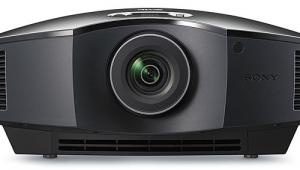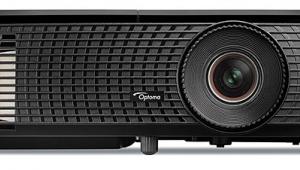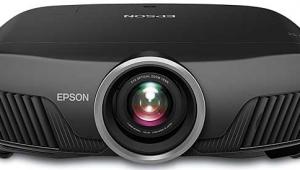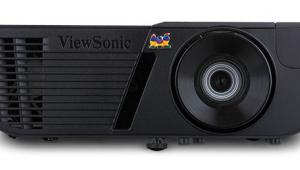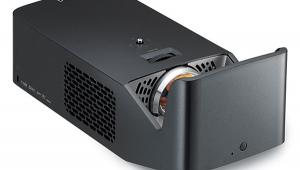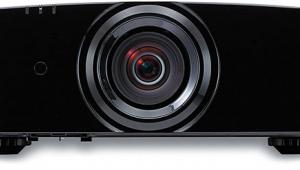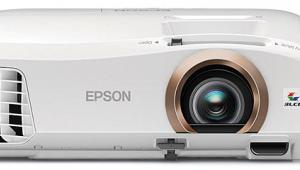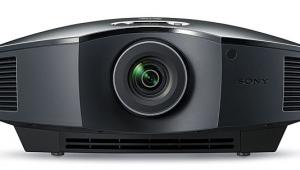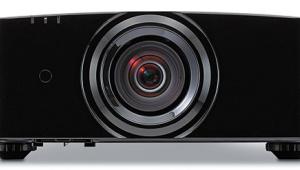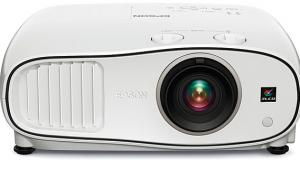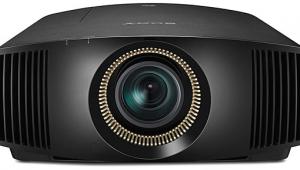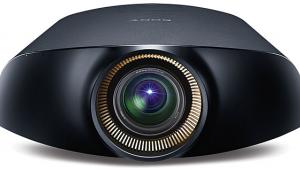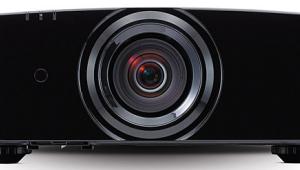Sony VPL-HW30ES 3D SXRD Projector HT Labs Measures
Full-On/Full-Off Contrast Ratio: 18,132:1
All of the measurements here are for 2D operation and were taken with the projector in one of the user modes, after adjustment for the most accurate image. There were between 160 and 200 hours on the lamp.
The above contrast ratio was taken with the lamp on high and the contrast control set to 68. The peak white level for the above contrast ratio measurement on the 101-inch-wide Elite screen was 18.93 foot-lamberts, with a corresponding black level (dynamic iris in auto 2) of 0.001 ft-L. The contrast control could be increased to 88 before white level clipping occurred, with a resulting peak white level of 26.82 ft-L (also auto 2).
I also measured the full-on/full-off contrast ratio on my 78-inch-wide, Stewart StudioTek 130 screen (gain 1.3). It was 13,203:1 in the high lamp mode (peak white 28.1 ft-L, black 0.002 ft-L—again with the iris in Auto 2). In the low lamp mode, it was 11,784:1 (peak white 17.31 ft-L—more than sufficient—and black 0.0015 ft-L).
In 3D on the Stewart screen, in dynamic mode (which automatically fully opens the iris and sets the lamp to high), the peak white level as measured through the 3D glasses was 5.6 ft-L (which was, surprisingly, far brighter looking in use than it sounds), the black level was 0.0022 ft-L, thanks to the darkening effect of the glasses, and the full-on/full-off contrast ratio was 2,587:1.

In 2D on both the Elite and Stewart screens, the color tracking, before calibration in the Low1 color temp mode was respectable (see results for Elite screen below). But it was much improved by calibration. The worst Delta E for either After result was 2.6, with the remainder all under 2.0. Delta E is a measure of how closely a display comes to the desired D65 color temperature, with values under 3 to 4 considered good.
3D was a different story. It was impossible to get an accurate 3D gray scale result; the white balance controls didn’t have enough range. I tried all of the color temp modes but finally settled on a calibration in Custom 1. After calibration, the Delta E ranged from 3.2 at 30 IRE to 12.5 at 60 IRE, increasing to 8.7 at the dark end (20 IRE) and 29 at peak white (100 IRE). This sounds like it would look awful, but it didn’t. With a corresponding color temperature of 6074K at a dark 20 IRE and 8468K at a bright 100 IRE, the most visible effect was a slight reddening of very dark lowlights.
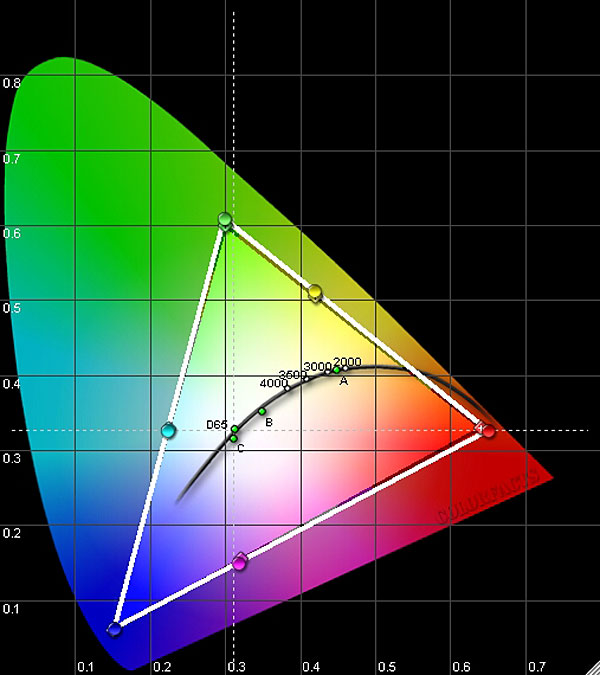
The 3D gamma was also weird, from 2.0 at 20 IRE to 1.35 at 100 IRE. We’re starting to see lower gammas in a number of 3D sets, for the obvious reason: It makes the image appear brighter, but it’s not an accurate re-creation of the source. I was disappointed that the VPL-HW30ES couldn’t do better in either color or gamma, but my very positive reaction to viewing 3D on this projector was far removed from these mediocre technical results.—TJN

